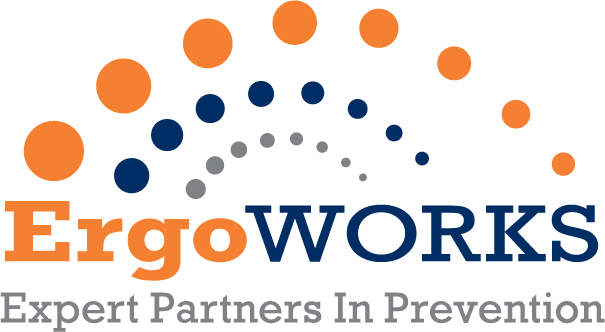Prevent workplace injuries and enhance productivity by leveraging an ergonomic risk assessment checklist.
Understanding the Importance of Ergonomic Risk Assessments
Ergonomic risk assessments are crucial for identifying potential workplace hazards that could lead to musculoskeletal disorders (MSDs) and other injuries. These assessments involve analyzing the work environment, tools, and tasks to ensure they align with the ergonomic needs of employees. By conducting these evaluations, employers can proactively address issues that may contribute to physical strain and discomfort, ultimately promoting a healthier and more productive workforce.
The importance of ergonomic risk assessments extends beyond physical health. They also play a role in improving employee morale and job satisfaction. When workers feel that their well-being is prioritized, they are more likely to be engaged and committed to their roles. This leads to reduced absenteeism and higher overall productivity.
Benefits of Implementing an Ergonomic Risk Assessment Checklist
Implementing an ergonomic risk assessment checklist brings numerous benefits to both employers and employees. For employers, it reduces the risk of work-related injuries and associated costs, such as workers' compensation claims and medical expenses. It also helps in complying with occupational health and safety regulations, avoiding potential fines and legal issues.
For employees, the checklist ensures that their work environment is designed to minimize strain and discomfort. This leads to fewer instances of MSDs, less pain, and a lower likelihood of long-term health issues. Additionally, a well-designed workspace can enhance employee efficiency and productivity, as they can perform their tasks more comfortably and effectively.
Key Elements of an Effective Ergonomic Risk Assessment Checklist
An effective ergonomic risk assessment checklist should cover several key elements to comprehensively evaluate the workplace. These elements include workstation design, tools and equipment, task requirements, and environmental factors. The checklist should assess whether workstations are adjustable and suitable for different body types, if tools are ergonomically designed, and if tasks require repetitive motions or awkward postures.
Environmental factors such as lighting, temperature, and noise levels should also be considered, as they can impact employee comfort and productivity. Additionally, the checklist should include employee input to identify any specific concerns or discomforts they may be experiencing. This ensures a holistic approach to ergonomics, addressing both general and individual needs.
Steps to Create and Maintain an Ergonomic Risk Assessment Checklist
Creating an ergonomic risk assessment checklist involves several steps. First, identify the specific needs and risks of your workplace by consulting with employees about their job and reviewing injury reports. Next, develop a comprehensive checklist that covers all aspects of the work environment, including workstations, tools, tasks, and environmental factors.
Once the checklist is created, conduct regular assessments to identify and address any emerging issues. Ensure that employees are trained on ergonomic practices and encouraged to provide feedback. Maintain an open line of communication to continuously improve the workplace environment. Regularly updating the checklist based on new insights and technological advancements can help maintain a safe and healthy workplace.
Common Workplace Ergonomic Hazards and How to Address Them
Common workplace ergonomic hazards include repetitive motions, awkward postures, excessive force, and prolonged static positions. To address these issues, employers can implement several strategies. For repetitive motions, rotating tasks among employees can reduce the risk of strain. Adjusting workstations and providing ergonomic furniture can help prevent awkward postures and prolonged static positions.
Using tools and equipment that require less force and are designed to fit comfortably in the hand can also mitigate ergonomic hazards. Additionally, providing regular breaks and encouraging employees to stretch and move around can reduce the risk of MSDs. Training employees on proper ergonomic practices and the importance of reporting discomfort can further enhance workplace safety.
Next Level: Ergonomic Assessments Using Standard Tools
Ergonomic checklists will only get you so far: to focus your attention on areas for improvements, or areas in need of further assessment, and combined with employee early reports of MSDs, injury data, and suggestions. An important next step is to utilize an ergonomic specialist to perform an ergonomic assessment using a standardized tool such as RUBA, RULA, NIOSH Lifting, Strain Index or Snook Tables. These tools provide an objective score of MSD risk on a numerical scale, which can be used to show the reduced ergonomic risk to your employees after improvements have been made.
An ergonomic specialist with the experience to choose the right ergonomic tool for the task, provide recommendations for improvements, and also conduct a follow up assessment to show the changes can move your ergonomic program to the next level.


